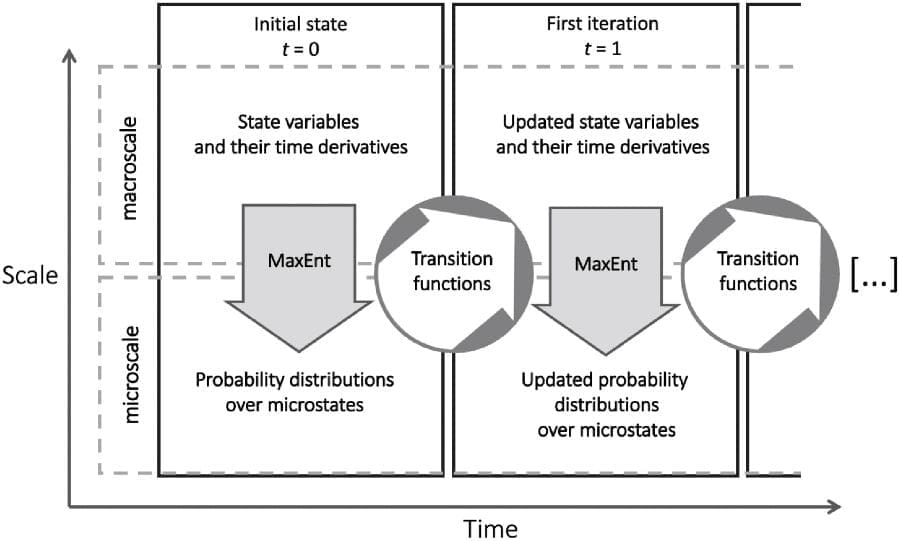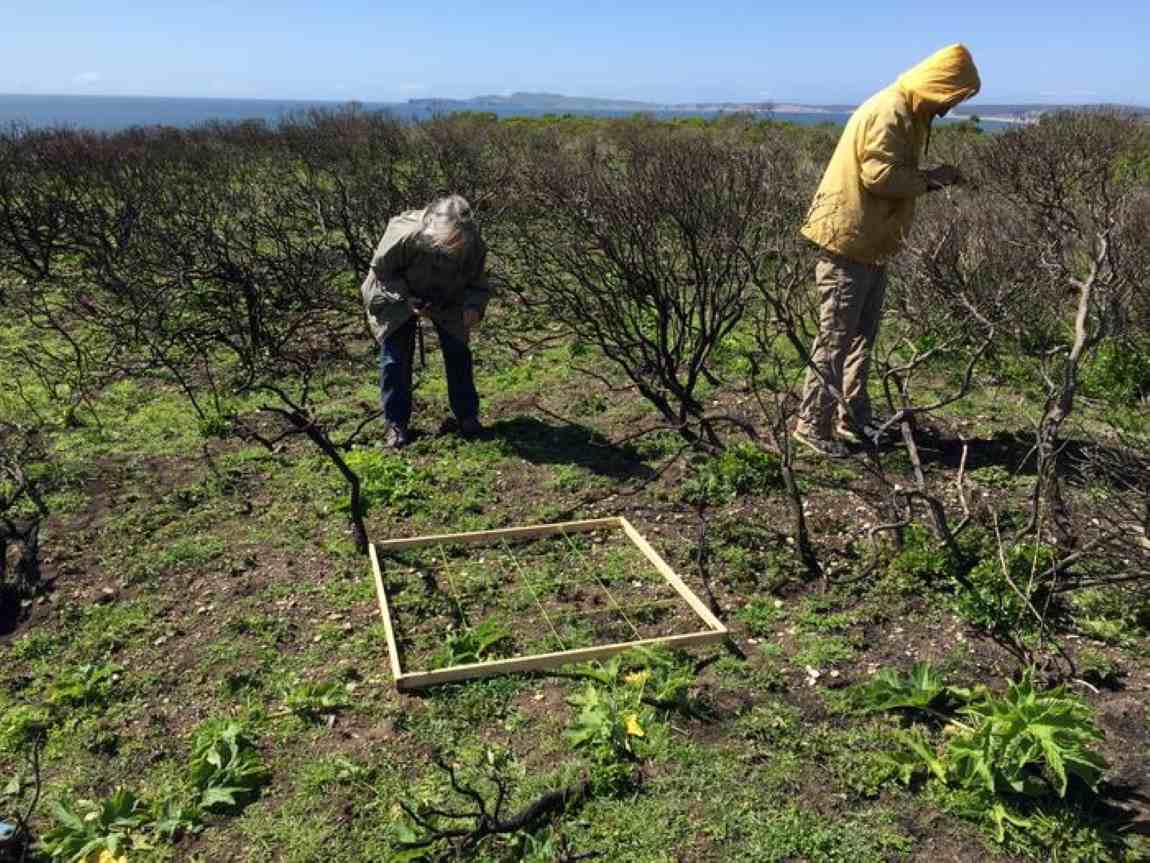Complex systems, from ecosystems and economies to pandemics and thermodynamics, have long challenged scientists with their intricate interplay of micro- and macro-level dynamics.
Traditional models often take a one-sided approach, focusing either on bottom-up processes – where small-scale behaviors drive larger patterns – or top-down dynamics, emphasizing system-level influences. However, these models falter when applied to disturbed systems, such as post-fire forests or pandemic-stricken societies, where micro and macro scales interact in unpredictable ways.
A team led by John Harte, an External Professor at the Santa Fe Institute, has developed a hybrid theoretical framework to address this gap. Their model integrates bottom-up and top-down causation, capturing the dynamic feedback between individual components and system-wide properties in flux.
This innovative approach, detailed in a paper recently published in Proceedings of the National Academy of Sciences (PNAS), represents a significant step forward in understanding the behavior of complex systems under disturbance.
“Over the past 14 years, we have written a series of papers showing that in ecology, this top-down approach is very powerful and reveals patterns in ecosystems,” Harte explained. “It accurately predicts ecological patterns such as the species-area relationship and the distribution of abundances and body sizes of species. But six years ago, we discovered that when an ecosystem is heavily disturbed – and as a result, the system-level properties are in flux -then the top-down approach fails miserably.”

This realization spurred Harte and his collaborators to craft a hybrid theory capable of describing system-level dynamics and individual probabilities in disturbed states. Their approach bridges the gap between conventional models, offering a way to understand and predict interactions that occur in systems undergoing significant change.
For example, in pandemics, traditional Susceptible-Infected-Recovered (SIR) models estimate individual infection probabilities based on proximity to infected persons. However, these models overlook macro-scale impacts, such as individuals altering their behavior in response to rising infection rates, which in turn affects the trajectory of the pandemic. Harte’s hybrid framework accounts for this two-way feedback.
The theory has implications far beyond pandemics. In economics, individual decisions, such as whether to spend or save, influence and are influenced by macroeconomic indicators like inflation and GDP growth. Similarly, in ecology, species distributions and interactions reshape – and are reshaped by – ecosystem-level changes. The hybrid model provides a new lens to examine these feedbacks, offering insights into systems in flux.
The research builds on earlier work, including a 2021 study published in Ecology Letters introducing “DynaMETE,” a hybrid model for dynamic macroecology. This earlier work demonstrated the framework’s ability to explain changes in species distribution in a heavily disturbed forest in Panama. The current study generalizes the theory, proposing applications in a wide range of fields, including nonequilibrium thermodynamics.
In one illustrative example, Harte suggests testing the hybrid model in a combustion tank – a controlled system where disturbances challenge predictions of molecular kinetic energy distributions. “The biggest insight here was realizing the importance of the question,” Harte said. “We think this theory is good, but it may not be right. It’s still got to be tested across many types of systems.”
The potential of this hybrid approach extends to some of the most pressing global challenges, including climate change, economic instability, and public health crises. By providing a method to calculate the interplay between micro- and macro-level processes, Harte’s work offers a path to deeper understanding and better decision-making across scientific and societal domains.
Journal Reference:
J. Harte, M. Brush, K. Umemura, P. Muralikrishnan, E.A. Newman, ‘Dynamical theory of complex systems with two-way micro–macro causation’, Proceedings of the National Academy of Sciences 121 (50): e2408676121 (2024). DOI: 10.1073/pnas.2408676121
Article Source:
Press Release/Material by Santa Fe Institute
Featured image: A hybrid theory developed by SFI External Professor John Harte and colleagues provides a new way to model disturbed complex systems such as post-fire ecosystem recovery. In this photo, [L to R] Mary (Mel) Harte and Marc Fischer survey a plot in Point Reyes National Park after a fire disturbed the ecosystem in 2020. Credit: John Harte




